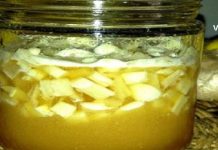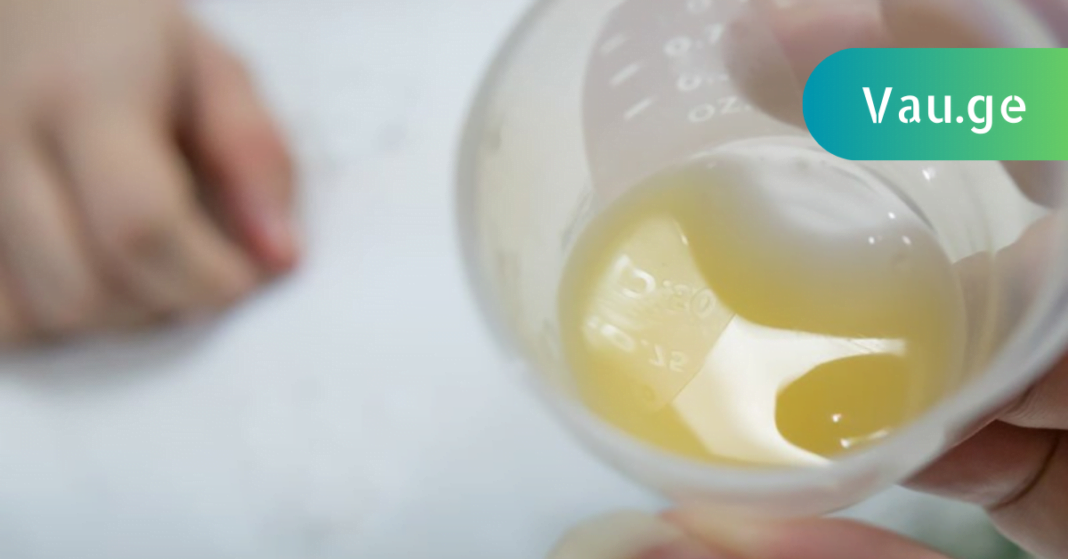Earaches can be incredibly painful and disruptive, often signaling an underlying condition like otitis. Otitis, or ear inflammation, usually presents with sharp pain, a feeling of fullness or pressure in the ear, reduced hearing ability, and sometimes ringing or buzzing sounds. In more serious cases, fever and discharge from the ear may also occur. There are many potential causes, but the most common is infection.
If you experience ear pain, it is essential to consult an ear, nose, and throat (ENT) specialist as soon as possible. Delaying or improperly treating ear conditions can lead to severe complications such as hearing loss, meningitis, and other long-term health issues. Otitis can be acute or chronic. Acute otitis typically causes more intense pain, while chronic cases are usually marked by persistent ringing in the ears and gradual hearing loss.
One immediate form of relief is inserting a small cotton ball soaked in camphor alcohol into the outer ear canal. However, this should only be a temporary measure before visiting a doctor. Pain that lasts for several hours and follows a recent cold or respiratory infection may indicate middle ear inflammation (otitis media), which should not be ignored.
Ear pain may also result from external ear infections, trauma, or a foreign object entering the ear. Short-term discomfort can happen during air travel, when riding high-speed elevators, or after prolonged exposure to cold environments. Middle ear infections are especially common in children. Often, the pain appears suddenly, accompanied by a high fever and decreased hearing, following a simple respiratory infection.
What to Do
If a child has an earache, it’s crucial to seek medical help immediately, as complications from untreated ear infections can pose a serious risk to a child’s health. Even if treatment is started at home, a follow-up visit to the doctor two weeks later is strongly recommended to ensure full recovery.
If immediate medical help is unavailable, some home remedies can be used to relieve the child’s pain. Giving age-appropriate doses of aspirin or paracetamol (Panadol) may help reduce discomfort. Additionally, applying a warm compress around the ear can provide temporary relief.
Here’s how to make a warm compress:
- Fold a piece of gauze or cloth several times and cut out a hole in the center, about the size of the ear.
- Soak the cloth in warm water or camphor alcohol and wring it out well.
- Place it gently around the ear, making sure it doesn’t block the ear canal.
- Cover it with a piece of wax paper (also with an ear-sized hole), then add a layer of cotton wool.
- Each layer should be about 2–3 cm wider than the previous one.
- Secure the compress in place with a bandage around the head.
- Leave it on for 2–4 hours, preferably removing it at night.
However, plugging the ear canal with cotton for long periods is not advised, as it may trap moisture and worsen the condition.
Another effective and natural remedy is using fresh lemon juice. At the onset of ear pain or buzzing, put 3 drops of freshly squeezed lemon juice into the ear. Repeat this two more times — a total of three applications. This old folk remedy, found in a traditional Georgian “Karabadini” (a historical book of natural cures), has proven effective for many.
For example, my husband used to suffer from ear pain and ringing. After trying this method just once, his symptoms disappeared and haven’t returned in over two years. It even helped my elderly mother, who had recurring ear pain for years.
Final Note
While home remedies can provide temporary relief, they are not substitutes for professional medical care. If symptoms persist, worsen, or involve high fever and discharge, it is vital to consult a doctor without delay. Ear infections, when caught and treated early, typically resolve without long-term effects. However, neglecting proper care can lead to chronic issues or serious health complications. Natural remedies can complement, but not replace, proper medical treatment.


















